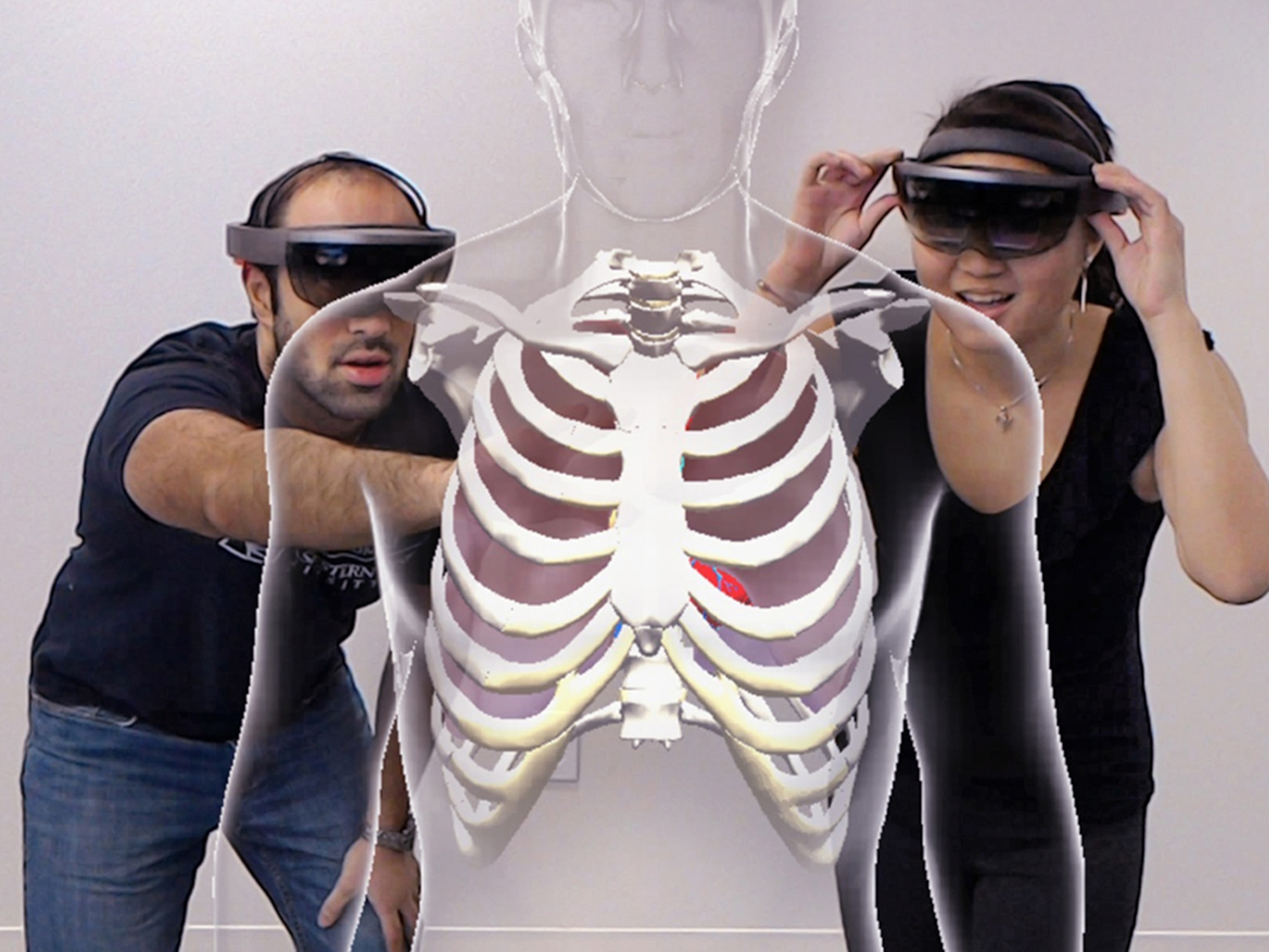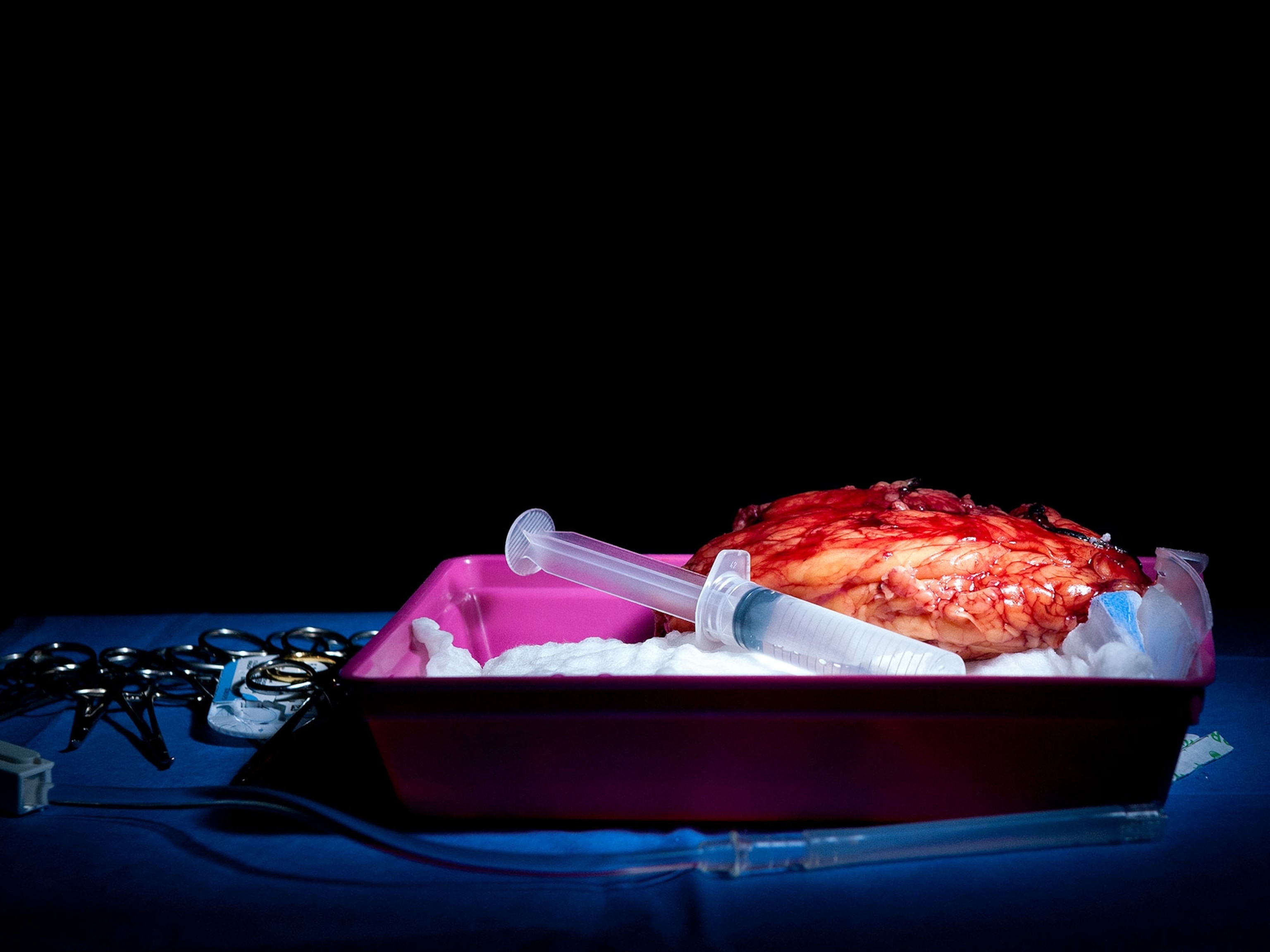
Scientists Use 3-D Printers to Make Body Parts
Human cells are the ink.
What if you could press a button and a machine would make you a new nose or kidney? Scientists are exploring that futuristic vision by using special 3-D printers to make living body parts.
Called bioprinters, these machines use human cells as “ink.” A standard 3-D printer layers plastic to create car parts, for example, or trinkets, but a bioprinter layers cells to form three-dimensional tissues and organs.
To create an ear, the printer lays down a pliable, porous scaffold made of hydrogel, a kind of polymer. The scaffold is covered with skin cells and cartilage cells, which grow and fill in the ear-shaped form. The hydrogel eventually biodegrades; after about six months the ear is composed entirely of human cells. “We use the patient’s own cells,” says Anthony Atala, director of Wake Forest University’s Institute for Regenerative Medicine. That way the organs won’t be rejected.
Before programming a machine to build a body part, Atala says, scientists need to figure out how to create it themselves. In their labs they have grown bladders, blood vessels, and many other anatomical parts that have been implanted into patients.
Now they’re translating them for 3-D bioprinters and hope to soon be able to implant printed organs too. Already miniature kidneys and livers are used to test drugs, including chemotherapy agents.
Is there any area of anatomy that can’t be made in this way? Printing at least parts of the human heart should be possible, Atala says. What about the brain? “Definitely not in my lifetime!”





